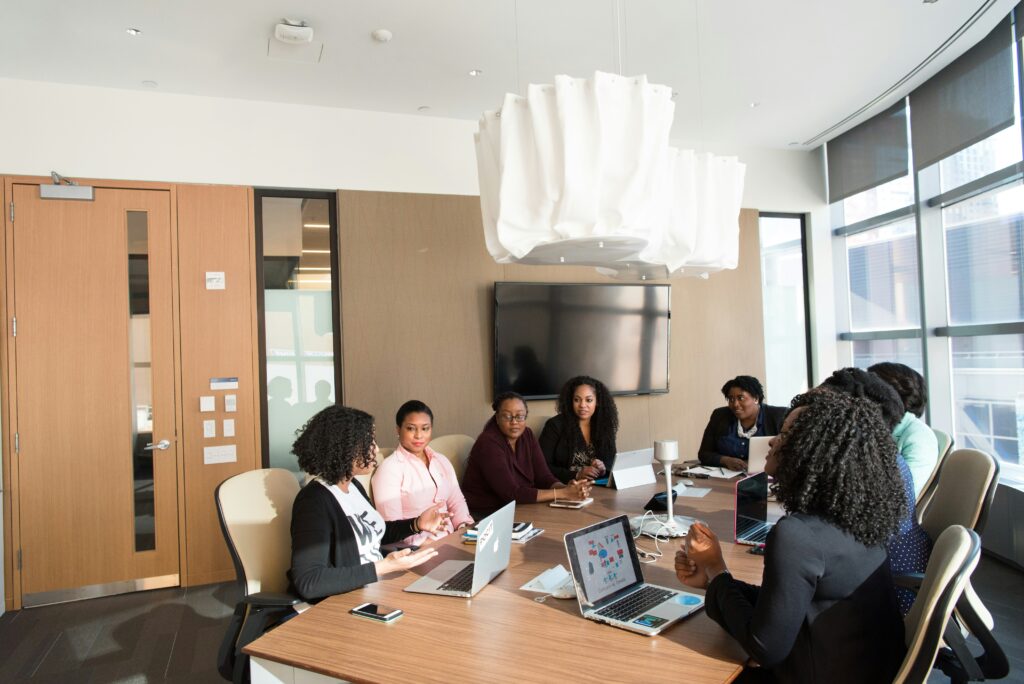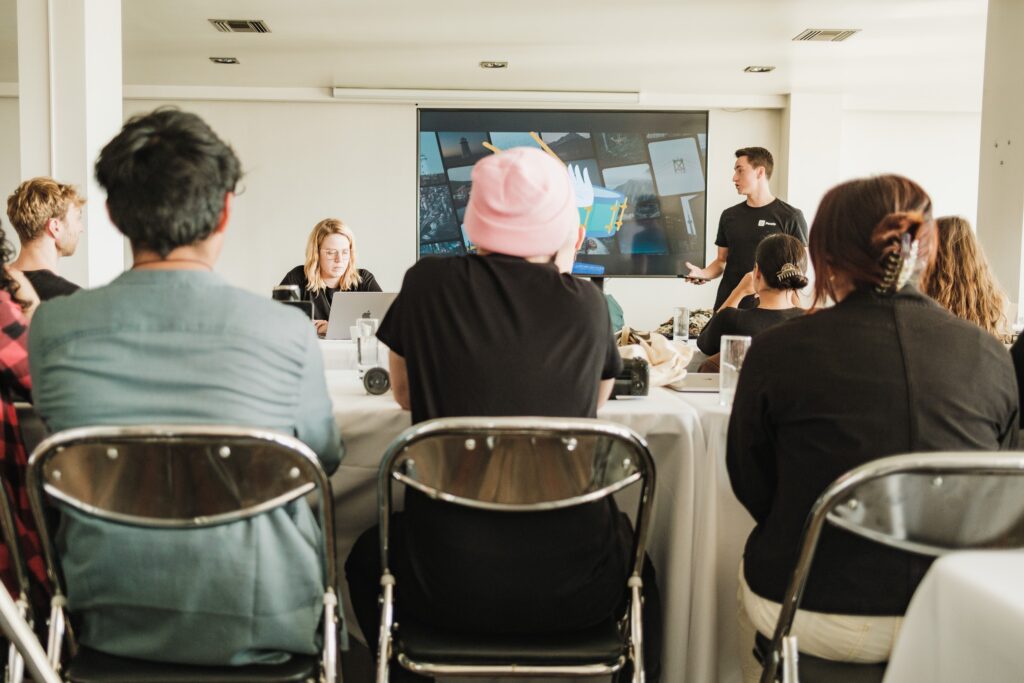I’ve worked with numerous entrepreneurs, startups, local businesses, and international brands possessing exceptional products and services during my career. During their initial stages, a recurring challenge among these ambitious ventures was gaining media coverage and expanding their reach to a broader audience. However, there’s a common thread woven through their success stories – the pivotal role of local media.
Embarking on a new business endeavor is often accompanied by the struggle to establish a brand presence in a highly competitive market. This struggle for visibility and recognition is where the significance of starting locally becomes apparent. Local media outlets, including newspapers, radio stations, community blogs, and regional TV channels, present an array of opportunities for budding enterprises seeking to make their mark. Here’s how and why local media can help your business or brand, too.
Local Media is Accessible
One of the advantages of leveraging local media for businesses in their infancy is its accessibility. Local media outlets are more approachable than larger, national platforms where competition is fierce and visibility could be better. Local outlets prioritize stories from their immediate community, simplifying the process for startups to obtain coverage that profoundly connects with the local audience.
In addition, the local community’s support can be instrumental in laying the groundwork for broader success. A solid local presence fosters trust and credibility within the community, leading to a loyal customer base. People who encounter your brand through local coverage are more inclined to support and champion your business, acting as invaluable advocates and word-of-mouth promoters.
Local Media Solidifies the Foundation
Beyond immediate visibility, local media coverage is a stepping stone toward more significant opportunities. The credibility earned from the local press can be persuasive when seeking attention from regional or national media outlets. Journalists often monitor local sources for compelling stories that have the potential to resonate on a larger scale. Therefore, initiating your media campaign at the local level significantly enhances the chances of grabbing the attention of higher-tier media platforms.
Furthermore, local media exposure provides a fertile ground for refining marketing strategies and gauging audience preferences. The feedback received from the local audience through these channels serves as a valuable resource for businesses. It offers insights into consumer behaviors and perceptions, allowing for adjustments and improvements before venturing into larger markets, consequently increasing the probability of success.
Establish Visibility & Connection
The impact of local media isn’t confined to geographical boundaries. With the advent of social media and online news platforms, compelling local stories can transcend localities and reach broader audiences. Engaging content stemming from local coverage has the potential to go viral, capturing the interest of national or global media outlets. Local media coverage provides visibility and fosters deeper connections within the community. Building relationships with local journalists, influencers, and community leaders can lead to ongoing coverage and collaborations that continually elevate your brand’s visibility.
Additionally, beginning at the local level is the most cost-effective for startups and small businesses. Local media coverage often comes at a more affordable price than national advertising campaigns, allowing prudent allocation of resources in the early stages of growth. The insights garnered from local media coverage can inform future business strategies. Analyzing audience reactions, engagement levels, and feedback helps refine marketing tactics and product offerings. This process of learning and adapting positions businesses for sustainable growth and success.
Summary
Starting your publicity campaign and media outreach initiatives at the local level offers advantages in accessibility, community support, and credibility and serves as a launchpad for more expansive opportunities. By recognizing and harnessing the potential of local media, businesses can lay a robust foundation for long-term success and expansion.
Keetria is an entrepreneur, wellness advocate, and brand strategy coach for creatives & entrepreneurs with 16 years of public relations expertise working with some of the world’s leading brands, startups, media personalities, and entertainers. If you want to work together, don’t hesitate to reach out!




















